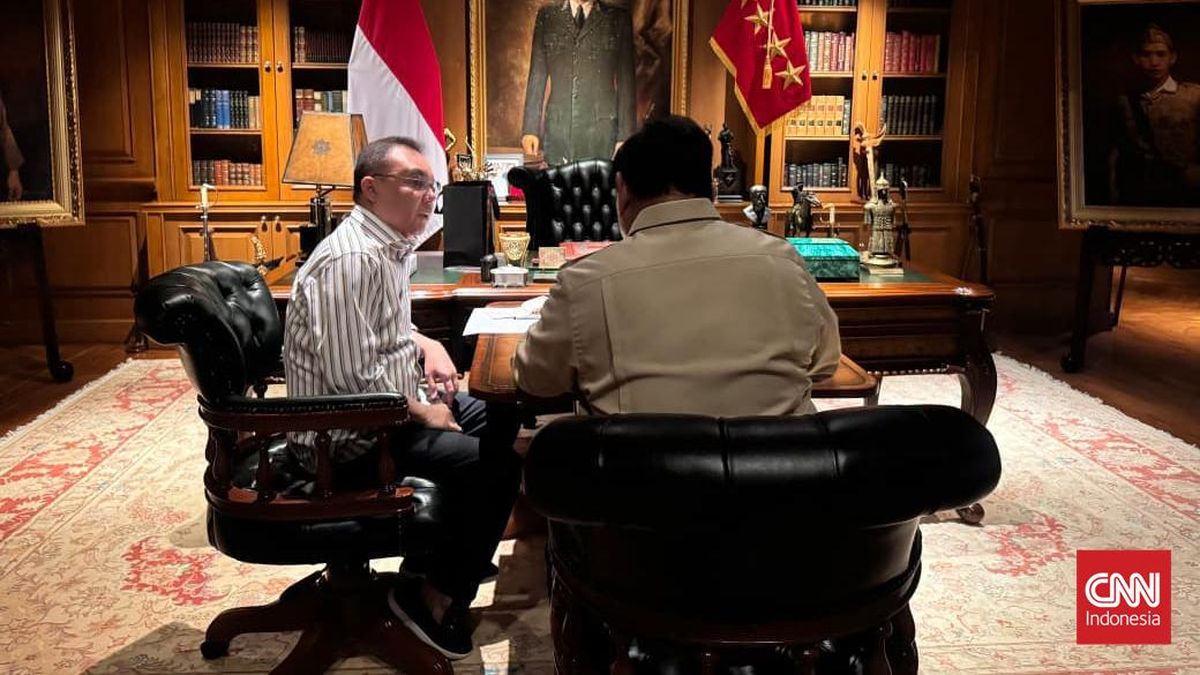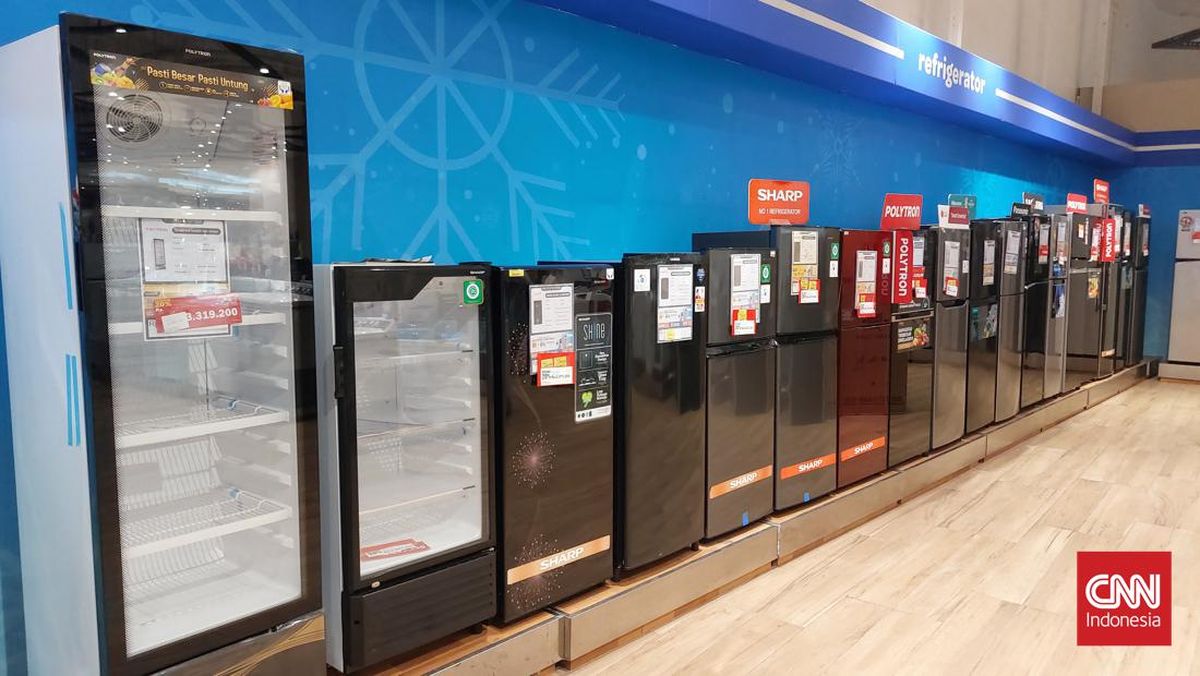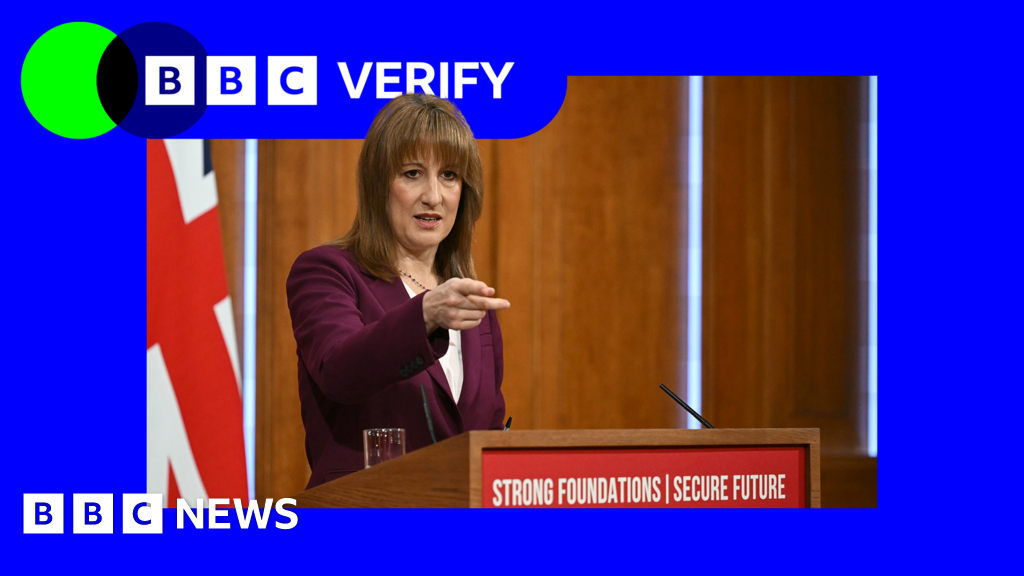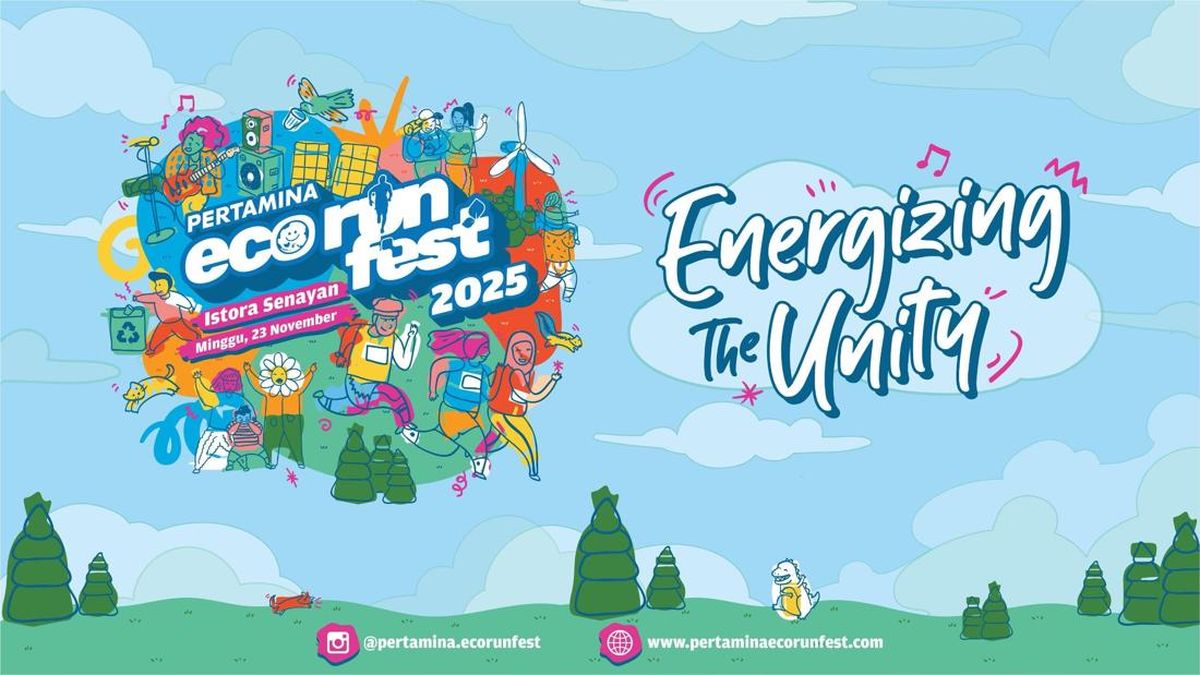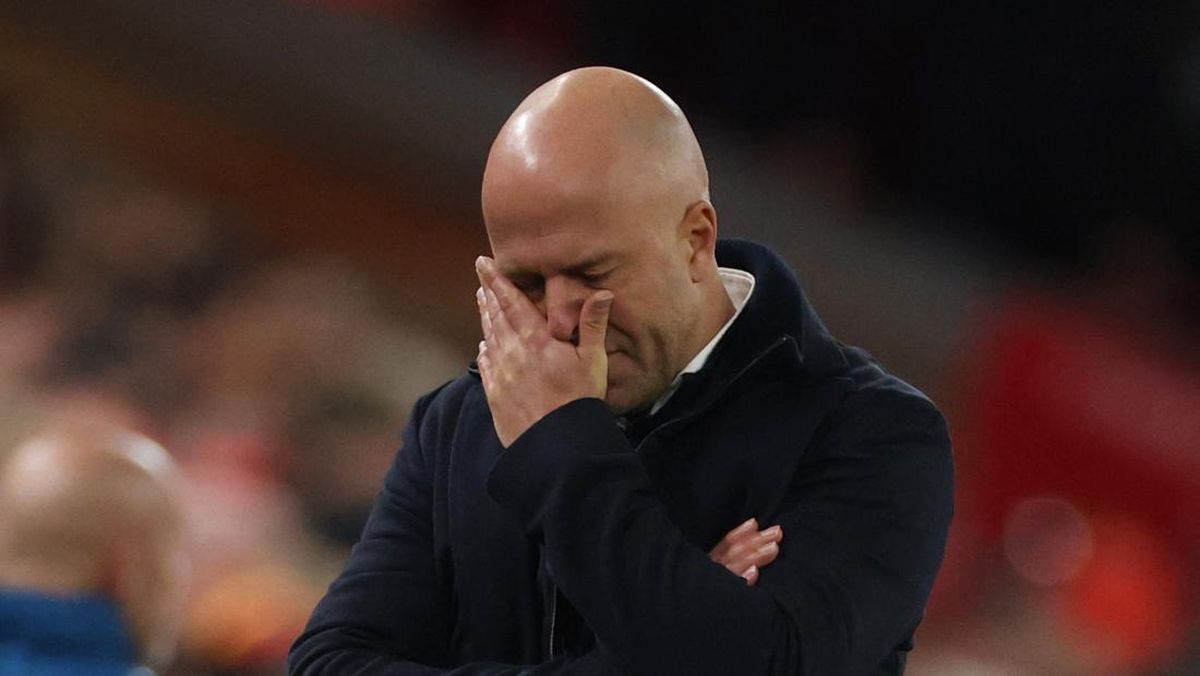In the pantheon of superheroes stands a handful of iconic performances. Christopher Reeve as Superman, Michael Keaton as Batman and Lynda Carter as Wonder Woman. The first two have given way to other great performances, from David Corenswet’s sweet-natured Superman to Christian Bale’s dark and complex Batman.
But until Gal Gadot took Wonder Woman to the big screen in 2017, Hollywood had declared the character to be almost un-castable. And the reason was that actress Lynda Carter’s performance in the 1975 television series Wonder Woman - which premiered 50 years ago this month - was considered to be so definitive it could not be beaten.

Lynda Carter as Wonder Woman.Credit: Warner Bros
Even now, fans still associate elements of Carter’s portrayal – including the iconic spinning transformation, with its accompanying burst of light – as core parts of the Wonder Woman character, as irreplaceable as her bullet-deflecting bracelets, of her golden lasso which compels people to tell the truth.
The series was groundbreaking for television. It came in an era where women started to lead prime-time TV shows, notably Wonder Woman’s 1970s-era contemporaries The Bionic Woman and Charlie’s Angels – but it also transformed the character from a staple of kid-friendly TV in an enduring feminist icon, representing strength and brilliance without compromise.
“I think that Wonder Woman is us – people identify with her because she is you and me,” Carter says. “All my career, but throughout that time, the connection between me and the public has always been the identification. It is because we are together, we understand one another. The mystery of that character lives within you.”
“The most wonderful thing about her is that she cannot be victimised, and that’s one of the things that we admire so much about that character,” Carter told the documentary series Pioneers of Television. “Her strength, her resilience, her humanity, her goodness, and her ability to kick butt.

Stars and Stripes forever. Lynda Carter’s patriotic World War II-era Wonder Woman.Credit: CBS via Getty Images
“[Wonder Woman] is not going to take it from anyone, and she’s fierce, but she’s lovable, and she’s sexy and strong. She came from an island where everyone was just like her. She had all those sisters, and she competed toe to toe, and she was right there. She is the iconic character that we can identify with.”
The character was born in All Star Comics #8, published on October 21, 1941, created by American psychologist William Moulton Marston and artist Harry G. Peter. She was from a mysterious island populated only by Amazon women – Themyscira in the comic books, but given the slightly simpler name Paradise Island when the series was adapted for TV – and inherited her extraordinary powers from the Greek gods.
At the time of the character’s creation, World War II was raging and Wonder Woman’s identity was a reflection of that: a female warrior, draped in a costume that stood proxy for the American flag, battling Nazis and defending patriotism and American values. In that sense, she was as culturally and politically significant as Uncle Sam, who starred on American military recruitment posters.

Wait, what golden lasso? Cathy Lee Crosby in the 1974 television movie Wonder Woman.Credit: Warner Bros Television
In time, the Nazi threat faded and Wonder Woman’s comic book iteration did battle with more earthly enemies: the sorceress Circe, the scaled-up Giganta and a bunch of medical-adjacent textbook comic villains: Doctor Poison, Doctor Psycho and Doctor Cyber. She, along with Superman, Batman and Aquaman, formed the Justice League. And, off decades of comic book success, TV eventually came calling.
In 1974, a made-for-television movie, Wonder Woman, cast blonde actress Cathy Lee Crosby, borrowed more from the spy genre than the superhero genre, and put her in a costume that was a colour match, but did not resemble the iconic Wonder Woman costume from the comic books. Reaction to the film was tepid, and the studio Warner Bros went back to the drawing board to reimagine Wonder Woman for TV.
The answer was a second film, this one titled The New, Original Wonder Woman, the inclusion of the word “original” intended to convey that this would be Wonder Woman in all of her comic book glory: the red, white and blue costume, the magic belt which bestowed on her super strength, her bullet-deflecting bracelets and the golden lariat – now called the “lasso of truth”, which compelled people to speak honestly.
And that’s where Carter stepped into the frame, the granddaughter of a Mexican immigrant, to tell the most unusual of immigrant stories: a woman from an island lost in the folds of time in the Bermuda Triangle who travels to “Man’s World” to help America and the Allies defeat the Axis powers under the control of Adolf Hitler.
She even had a catchy song – music by Charles Fox, words by Norman Gimbel, and sung by John Bähler with Marti McCall, Carolyn Willis, and Julia Waters – to sell the message. In your satin tights / Fighting for your rights / And the old Red, White and Blue. Stop a bullet cold / Make the Axis fold / Change their minds and change the world.

Wonder Woman as depicted in the animated SuperFriends franchise.Credit: Warner Bros Television
The costume became instantly iconic, though Carter was surprised at the fuss it made in some quarters for being, ahem, a little revealing. “I wore less on the beach,” she says. “It was more than a bikini. It was the American flag in a one-piece suit.”
But that costume left the producers with a dilemma: how to get Wonder Woman into it without too must fuss. “It couldn’t be a phone booth, not just ducking into some [space], they wanted something to happen,” Carter says. “I said, why don’t I just do a dance spin? They realised [a complex sequence] wasn’t gonna work, so they put the blast in.” And history was made.
The influence of Wonder Woman is manifold. Though they were not connected narratively, the TV series The Secrets of Isis, about a high school history teacher who uses an ancient Egyptian amulet to transform into the goddess Isis, actually pre-dated Wonder Woman by several months. But like Wonder Woman, its fandom endures.
The Bionic Woman, which starred Lindsay Wagner as bionic agent Jaime Sommers, was a prime-time contemporary. And the slightly campier, low-budget Electra Woman and Dyna Girl, produced by the same studio as ’70s kids staple H.R. Pufnstuf, also owed some of its DNA to Wonder Woman’s emerging popularity.

Wonder Woman, as she appeared in early comic books. “In our dreams we can be anything we want to be,” says Lynda Carter.
So did countless more: Xena: Warrior Princess, which aired from 1995 to 2001, She-Ra: Princess of Power (1985-1987), Supergirl (2015-2021) and Buffy the Vampire Slayer (1997–2003).
Though she went on to a career in television movies and music, Carter remains deeply associated with the role. Even when Gal Gadot’s Wonder Woman took the sky in the 2017 film, Carter was asked to appear in a post-credits scene as the legendary Amazon warrior, Asteria.

Wonder Woman deflecting bullets with her Feminum bracelets.Credit: Warner Bros Television.
“I learned a long time ago that it takes a lot more effort to distance yourself, to not sign an autograph,” Carter says. “It takes a lot more effort to be a jerk than it does just to be nice, and I have gained personally so much from hearing stories about Wonder Woman, and personal stories from people.
“I do carry the mantle, thank goodness, because people endow me with all these wonderful attributes,” Carter adds. “I learned a long time ago that I’m never going to get away from it. I said, I’ll be 50 and people will still be calling me Wonder Woman. I’m past 50. And I’m happy. I’m happy I got to play her. I got to create something that was living and breathing and that people remember. It’s pretty cool.”
And then there are the countless other Wonder Women: Shannon Farnon, Connie Cawlfield and B.J. Ward, who voiced her in the SuperFriends animated franchise, Ellie Wood Walker and Linda Harrison who played Diana Prince and Wonder Woman in the 1967 sizzle for a Batman spin-off, Susan Eisenberg and Vanessa Marshall, who voiced her in various animated Justice League series and films, Cobie Smulders, who voiced her in the Lego Movie franchise, and Adrianne Palicki, who starred in David E. Kelley’s 2011 television series pilot that never got the green light.
All share a legacy which remains inextricably linked to Carter’s television Wonder Woman, who got the gadgets – bullet-deflecting bracelets, the golden lasso and the Invisible Jet – and all the great lines, including this one which feels as resonant in 2025 as it did in 1975: “To work and fight for justice and democracy – I think that’s important, and necessary.”
Loading
Of the secret of Wonder Woman’s power, Carter has a very specific – and very feminist – take. “My favourite line that I’ve used over the years is that it’s the goddess within,” Carter says. “Occasionally when someone comes up to me to relate to me their experience, particularly when someone gives me a big hug, I’ll whisper in their ear, ‘it’s the goddess within’.
“I think people identify with that,” Carter adds. “In our dreams we can be anything we want to be.”
Most Viewed in Culture
Loading


